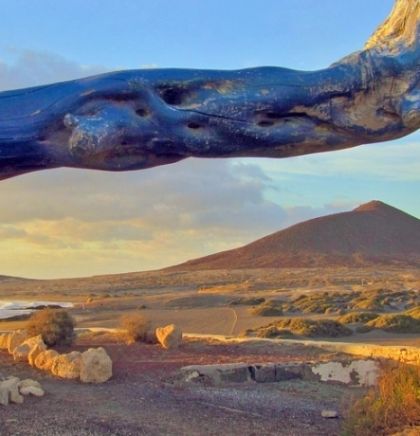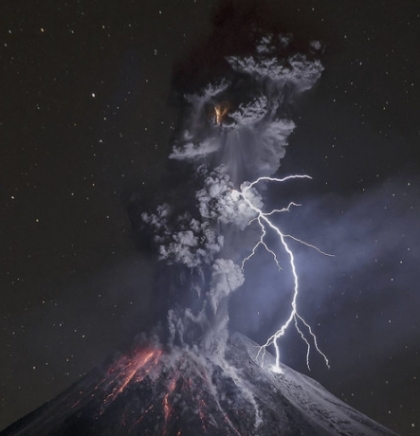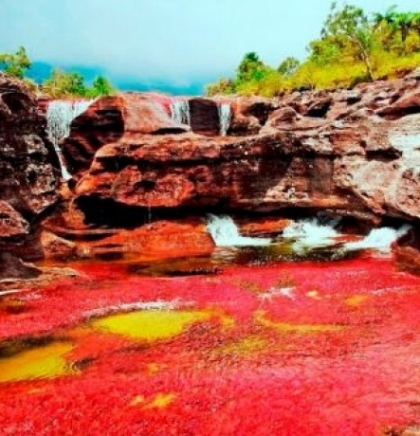The place where two oceans meet (VIDEO)
08.08.2017 at 10:00
- Traveling
- 0
A picture from the Gulf of Alaska that has been making the rounds on the Internet for the last few years, shows a strange natural phenomenon that occurs when heavy, sediment-laden water from glacial valleys and rivers pours into the open ocean. There in the gulf, the two types of water run into each other, a light, almost electric blue merging with a darker slate-blue.
Informally dubbed "the place where two oceans meet," the explanation for the photo is a simple one, though there are many misconceptions about it, including that catchy title. "Where the Baltic and North Sea meet" and the two types of water as being completely incapable of ever mixing, instead perpetually butting against each other like a boundary on a map.
Ken Bruland, professor of ocean sciences at University of California-Santa Cruz was the one who snapped the pic. He said the purpose of the cruise was to examine how huge eddies -- slow moving currents -- ranging into the hundreds of kilometers in diameter, swirl out from the Alaska coast into the Gulf of Alaska.
Those eddies often carry with them huge quantities of glacial sediment thanks to rivers like Alaska's 286-mile-long Copper River, prized for its salmon and originating from the Copper Glacier far inland. It empties out east of Prince William Sound, carrying with it all that heavy clay and sediment. And with that sediment comes iron.
"Glacier rivers in the summertime are like buzzsaws eroding away the mountains there," Bruland said. "In the process, they lift up all this material -- they call it glacial flour -- that can be carried out."
Once these glacial rivers pour out into the larger body of water, they're picked up by ocean currents, moving east to west, and begin to circulate there. This is one of the primary methods that iron -- found in the clay and sediment of the glacial runoff -- is transported to iron-deprived regions in the middle of the Gulf of Alaska.
As for that specific photo, Bruland said that it shows the plume of water pouring out from one of these sediment-rich rivers and meeting with the general ocean water. It's also a falsehood that these two types of water don't mix at all, he said.
"They do eventually mix, but you do come across these really strong gradients at these specific moments in time," he said. Such borders are never static, he added, as they move around and disappear altogether, depending on the level of sediment and the whims of the water.




Comments: 0
NAPOMENA: Komentari odražavaju stavove njihovih autora, a ne nužno i stavove redakcije BHPutovanja.ba. Molimo korisnike da se suzdrže od vrijeđanja, psovanja i vulgarnog izražavanja. Redakcija zadržava pravo da obriše komentar bez najave i objašnjenja. Zbog velikog broja komentara redakcija nije dužna obrisati sve komentare koji krše pravila. Kao čitalac također prihvatate mogućnost da među komentarima mogu biti pronađeni sadržaji koji mogu biti u suprotnosti sa vašim vjerskim, moralnim i drugim načelima i uvjerenjima.
You have to sign in to leave comment.